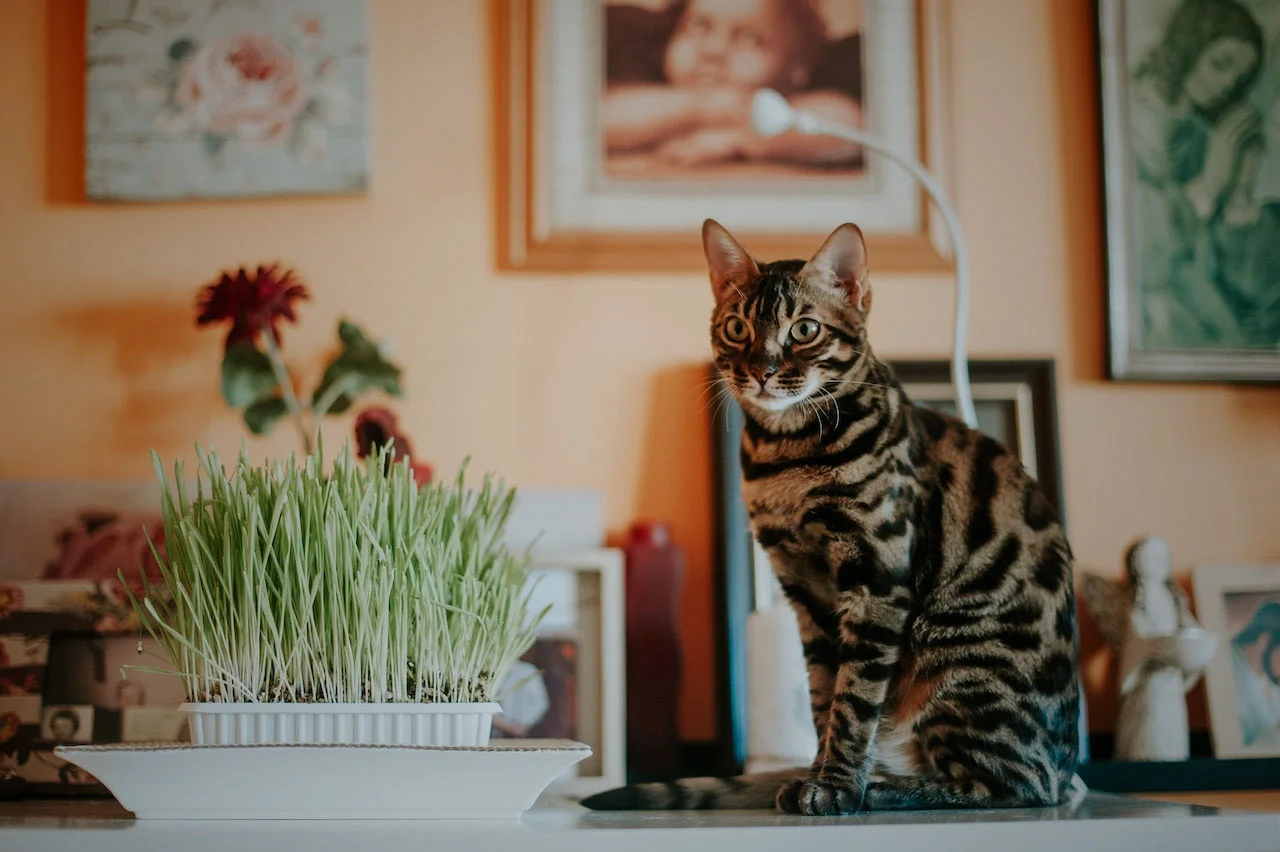Bengal cats are beautiful and exotic creatures that are known for their striking coat patterns and playful personalities. As a Bengal cat owner, it is important to take proper care of your feline friend, including keeping their fur clean.
While cats are known for being meticulous groomers, they may need some extra help in keeping their fur clean and healthy. In this article, we will discuss some helpful tips and tricks for cleaning your Bengal cat’s fur, ensuring that they stay happy and healthy.
Brushing Bengals
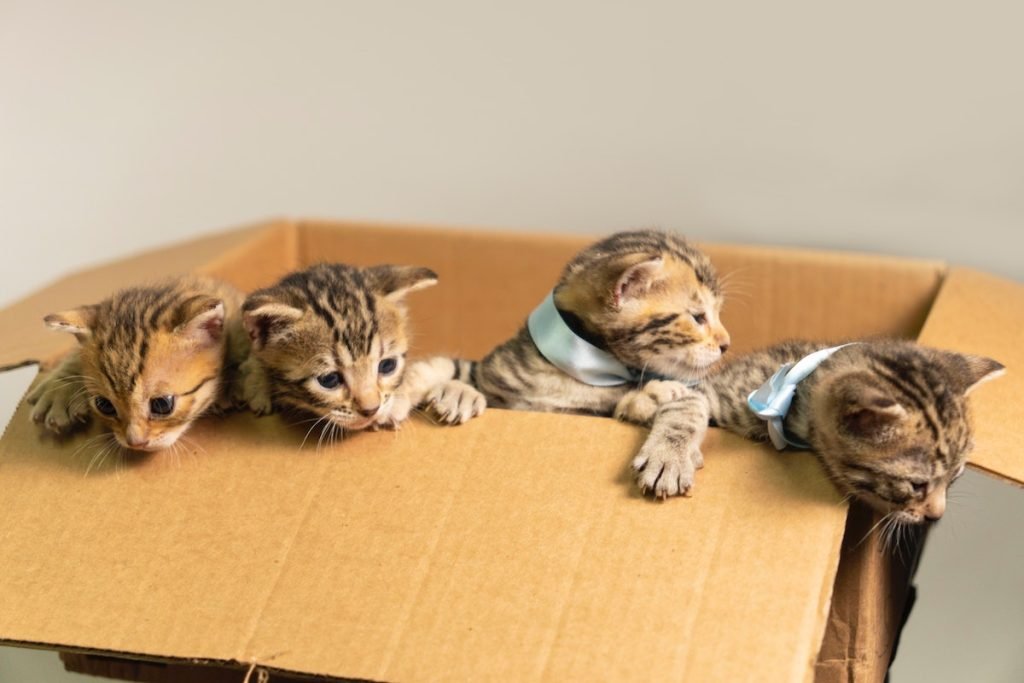
It’s important to know why Bengal cat care necessitates adhering to a slightly distinct set of guidelines before choosing a grooming routine. We need to quickly review the breed’s grooming customs and the underlying causes of those customs to get to the bottom of the issue.
Most people agree that Bengal cats shed less than other breeds; some even maintain that they don’t shed at all, however, there is no proof to back up these assertions.
Bengal cats, more than any other cat breed, groom themselves regularly, regardless of whether they shed or not. Cats that groom themselves more frequently leave more cat saliva behind in their surroundings. Although humans’ allergies to cats are caused by a protein in their saliva, Bengal cats are widely thought to be hypoallergenic.
However, what use does any of this technical information have for someone attempting to assemble a Bengal cat care regimen? To put it plainly, you will need to take these facts into account if you want to provide your Bengal the best care possible.
For instance, you should probably take into account the fact that Bengal cats don’t shed as much as other cat breeds when determining how frequently to brush your cat. Furthermore, you may choose to brush the cat less frequently if there is a member of your household who is allergic to cats.
Just be sure to brush your cat in the direction of its coat and with the appropriate brush, regardless of how frequently you decide to brush them.
Washing Bengals
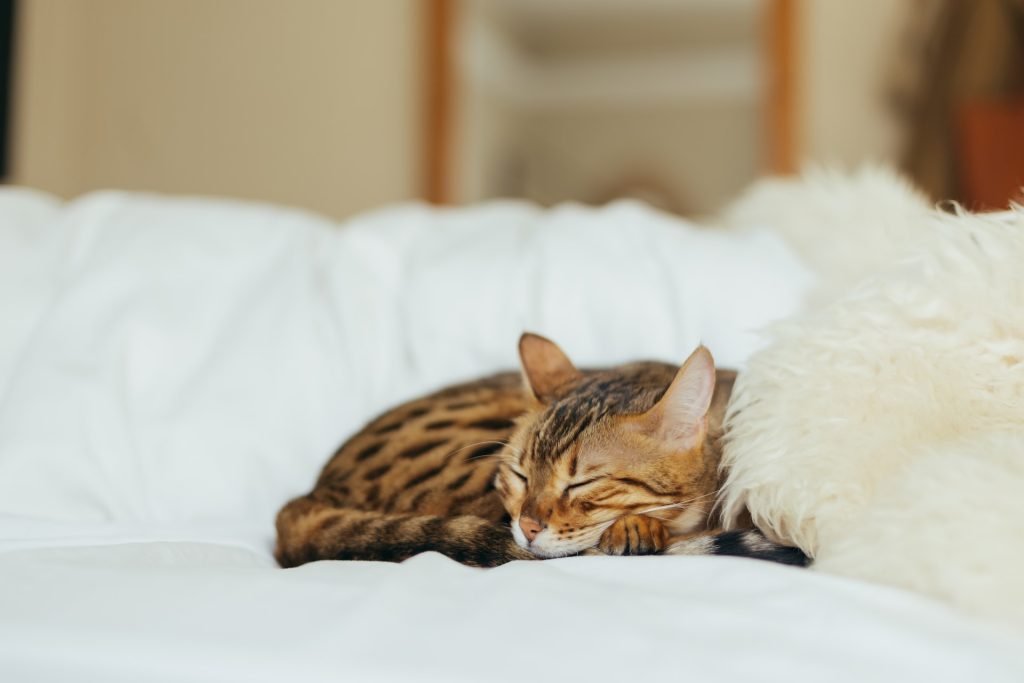
Now that we’ve established that your Bengal doesn’t need to be brushed as frequently as other breeds, we can concentrate on creating a wash schedule for your cat. Although we have frequently said that Bengal cat care is distinctive in several aspects, your Bengal’s wash regimen will be similar to that of other breeds.
The only difference will be in the number of bathing sessions; the unique characteristics of your cat’s coat will allow you to wash it less often. Knowing how frequently to bathe your cat, however, does not imply that you will know how to bathe your cat properly, which is why we’ll go over a few guidelines in this part.
First and foremost, brush your cat before bathing it. Brushing it will get rid of any minor mats and clumps of dirt that may be there.
It’s time for your Bengal to take a bath. An inspection is always the first step in bathing your Bengal. To begin, wet your hands and give your cat a massage to feel for any abnormalities. Look for rashes, abrasions, and other oddities. After you’ve finished the examination, you may get down to business. Put your cat gently in a basin filled with water.
Now you can use your preferred shampoo. It should, of course, be a cat shampoo that has been approved. Continue to massage your cat gently while applying and rinsing off the shampoo. After you’ve rinsed all of the shampoo off your cat’s body, gently dry it with a soft cloth (beginning with its face).
While the general procedure is similar to washing your own body, be careful not to get the water near your cat’s face. Water isn’t good for your cat’s ears and eyes. Insert a dry, soft cotton ball into each of your cat’s ears at bath time to help keep water out.
So far, we’ve assumed that your cat enjoys playing in the water. Needless to say, not all cats will let you go near them with water. So, what would you do in these situations? One of the few things you can do is calm your cat until he or she can tolerate a wash.
You can accomplish this goal by ensuring that your cat isn’t overly excited when bath time comes around. If your cat refuses to bathe in water, you can try dry shampoo. Although the application technique may demand your cat to remain motionless for some time, the powder will not scare your cat as much as water might.
Cleaning Bengals’ Ears
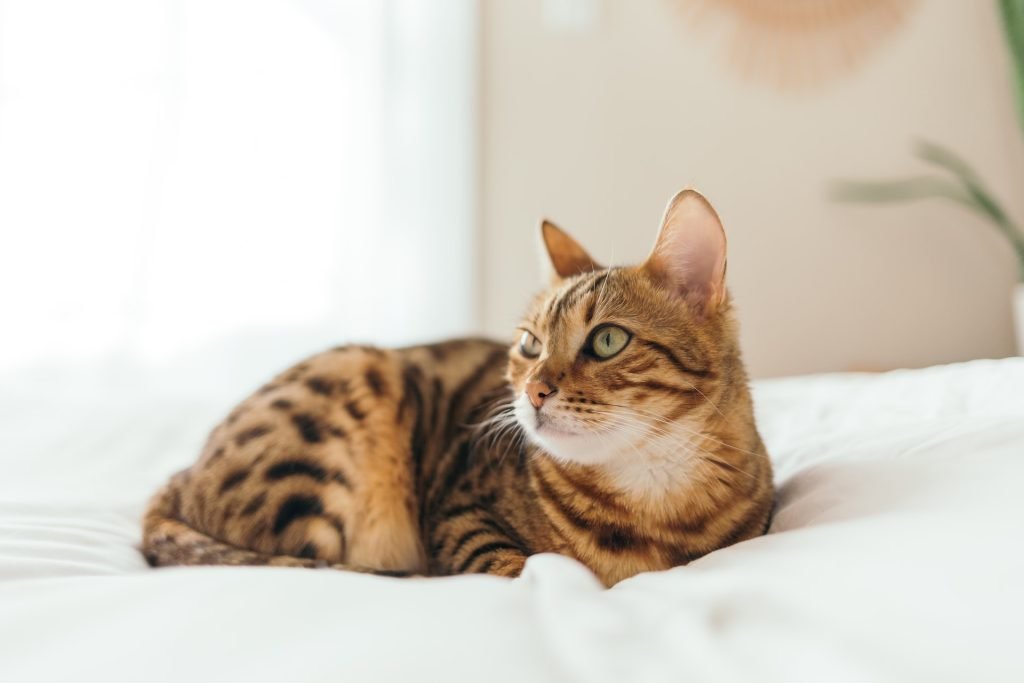
As previously said, you should do your best to keep water out of your Bengal cat’s ears during bath time; in fact, Bengal cat care and conventional cat care are very similar in this regard. Even yet, cleaning your Bengal’s ears requires work. You should begin by checking your cat’s ears for any odd objects or creatures (such as mites).
You can then proceed to the real cleaning process. This stage will include using a veterinarian-approved ear cleaning rather than water. Simply put a small amount of the cleanser into a soft cotton ball and gently wipe away any muck found around your cat’s ears. To accomplish the task, you may need to gently fold your cat’s ears back.
Cleaning Bengals’ Eyes
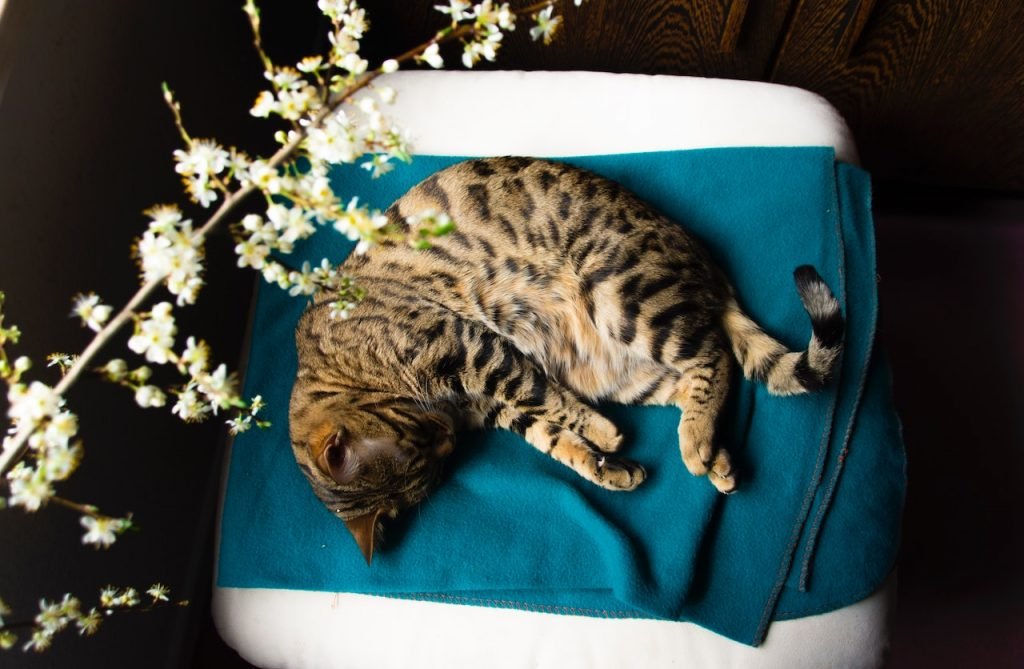
Bengal cat care is similar to regular cat care because the cleansing process for your cat’s eyes is the same as for your cat’s ears. You’ll need one or two more cotton balls for this process. Simply dampen the cotton ball(s) and gently dab them around your cat’s eyes.
Because the overall purpose is to remove debris from around your cat’s eyes, take care not to dab them throughout the process. Your cat will undoubtedly be unhappy, and any subsequent attempts to wipe its eyes will most likely be unsuccessful.
Oral Hygiene
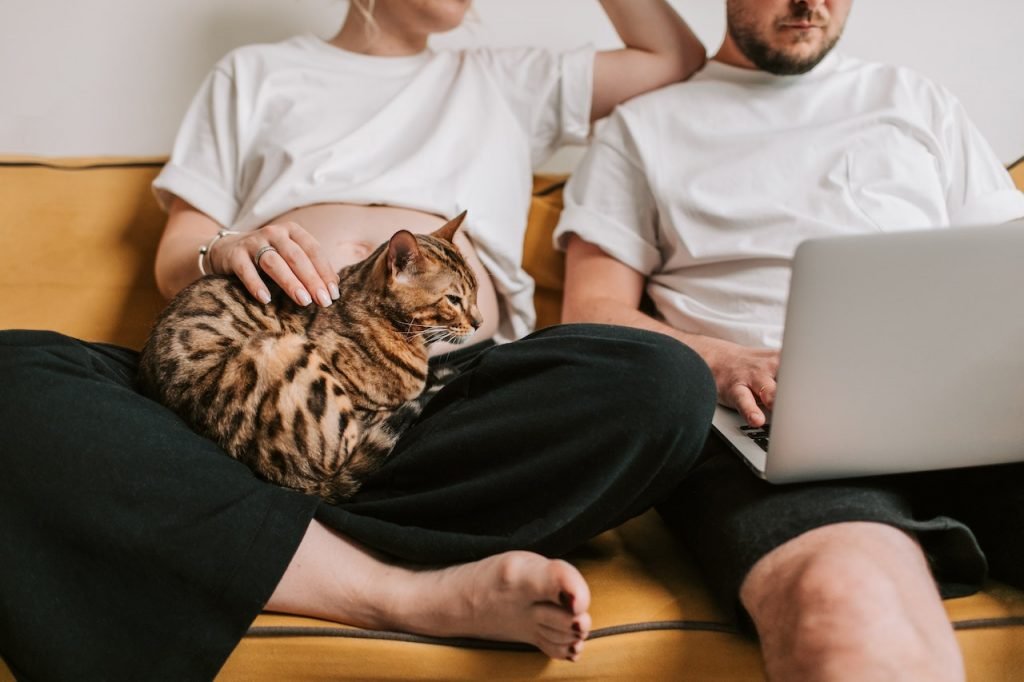
Most Bengal cat owners do not pay close attention to their pets’ dental hygiene. Still, the condition of your cat’s teeth should not be taken lightly; your cat is just as susceptible to dental infections as you are. To prevent these illnesses, keep track of your cat’s oral hygiene regularly. While some individuals simply peep inside their cats’ mouths now and then, others brush their felines’ teeth.
Of course, they do not simply use any toothpaste or toothbrush to do the task. You must not only purchase oral products made exclusively for cats but also gradually introduce your cat to a toothbrushing habit.
For example, some cat owners begin by cleaning their animals’ teeth with their fingertips and gradually transition to toothbrushes. The concept of probing your cat’s mouth with your fingers may sound nasty, but if you love your Bengal, we believe you will make the sacrifice.
Nail Clipping

Assuming you haven’t had your Bengal declawed (a decision that many people advocate because your kitty has to protect itself), your cat’s grooming routine will require some nail cutting. Declawing refers to a partial digital amputation. The operation is exceedingly painful, resulting in persistent discomfort and behavioral issues.
While some individuals use conventional nail clippers for this purpose, we recommend that you get a pair of nail clippers made just for cats. The blades of these clippers should be kept sharp so that you do not have to apply too much pressure to your cat’s paws to keep its nails trimmed.
Note that this advice isn’t only for Bengal cat care; your other cats (and canines) would undoubtedly benefit from the extra attention you give here.
Conclusion
We hope you found our blog post on cleaning your Bengal cat’s fur both informative and helpful. If you have any questions would like to learn more about Bengal cat care, or want to adopt a new feline family member from a trusted Bengal cat breeder, feel free to reach out to Lone Star Bengal Cats. Thank you for reading, and we wish you and your Bengal cat a lifetime of furs and joy together!

